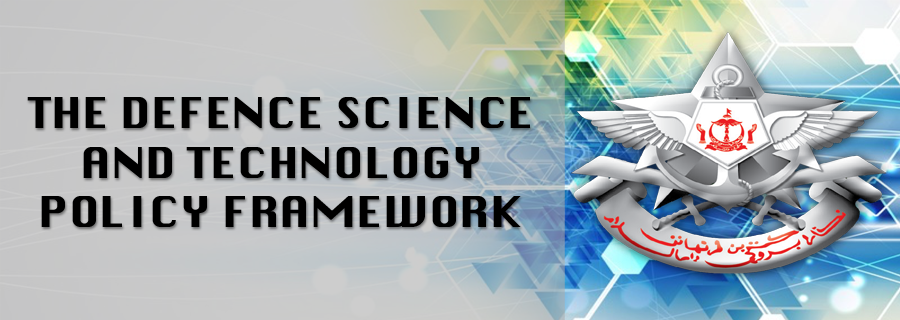 The Defence Science and Technology Policy Framework (DSTPF) was launched on 21 June 2016, as officiated by the Deputy Minister of Defence, First Admiral (Rtd) Dato Seri Pahlawan Abdul Aziz bin Haji Mohd Tamit. This launch was formalised with the reveal of this DSTPF webpage. This event was aimed to engage wider audiences within MINDEF and RBAF in the objectives and strategies of the DSTPF, as part of the efforts to further the outreach of this Policy Framework.
|
|---|
 |
|---|
Negara Brunei Darussalam has realised the importance of Science & Technology (S&T) for national security, evident through the identification of S&T as a force enabler in the Brunei Defence White Paper (DWP) 2011. The Defence Executive Committee has hence highlighted the importance of S&T contributions toward the support of RBAF's capabilities by incorporating it in the ministerial level strategy management objectives. However, the significance of wider aspects of S&T requires more emphasis.
In alignment with the DWP 2011 and the Brunei Vision 2035, the Defence Science and Technology Policy Framework has been developed for MINDEF and RBAF, in the effort to increase productivity, efficiency, and effectiveness to performing Defence S&T.
As the name suggests, this paper sets out the preface for the foundation and policy direction that will strengthen MINDEF and RBAF's commitment to the utilisation of S&T, through the re-organisation and reconsolidation of our approaches. This document intends to share the trajectory of our S&T efforts and is also a framework for policy development that provides guidance to key stakeholders and owners of S&T processes to build on, towards a concerted effort for the effective optimisation of our resources.
The key outcomes of the Defence Science and Technology Policy Framework include the enhancement of defence capabilities as force multipliers, the increase of efficiency in technology sustainment by exploitation of technologies through research and development in niche areas and strategic partnerships with other government agencies, academia and industries, hence enabling RBAF and MINDEF to be a smart user and smart buyer. These outcomes are targeted towards lowering risks from all aspects tied to increasing demands placed on already limited resources, while contributing to our national economic development efforts.
The main objective of this paper is to capitalise on current best practices to enhance acquisition, operations and sustainment of RBAF capabilities, through leadership, structured governance and supporting policies.
|  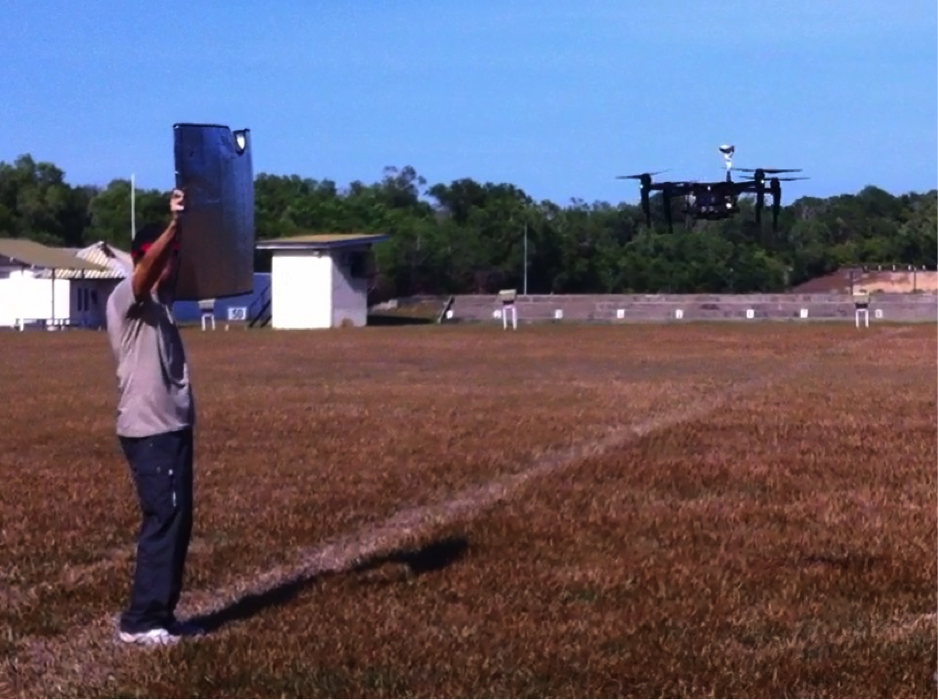 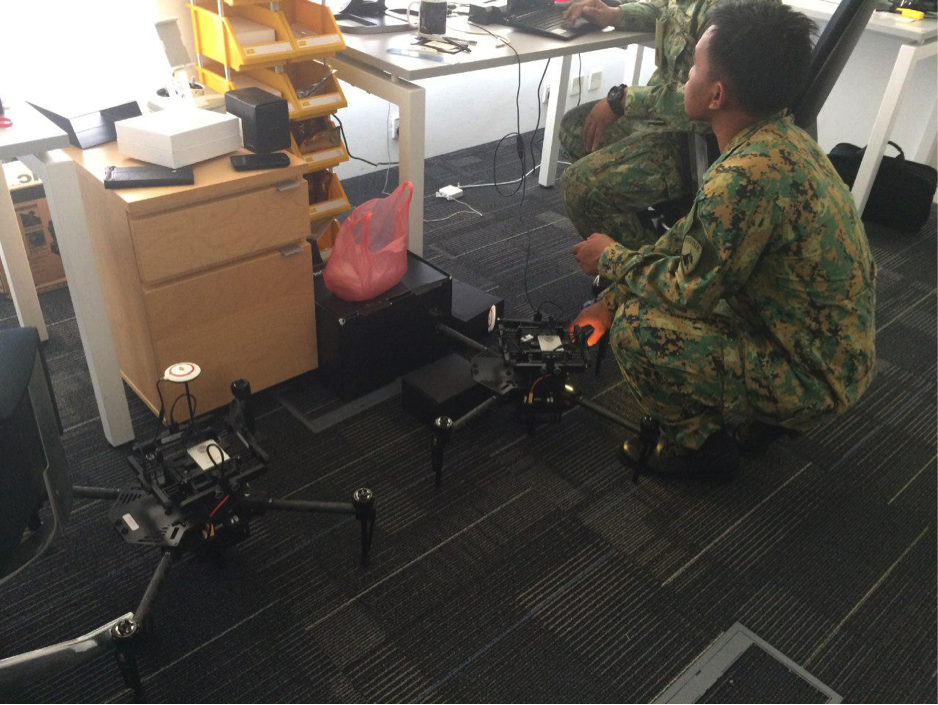 The Experimentation Cell (ExCel) team with the Matrice 100 drone, utilised for experimentation purposes in 3D aerial mapping, amongst others. The Experimentation Cell (ExCel) team with the Matrice 100 drone, utilised for experimentation purposes in 3D aerial mapping, amongst others.The 3D printer used for experimental rapid prototyping at ExCel, CSTRAD
|
|---|
The key initiatives of this Policy Framework include: - The organisation of an internal Defence S&T governance structure including the Defence S&T Network that supports RBAF, and the relationships with external agencies or organisations (the Defence Ecosystem). This includes the establishment of Defence Science and Technology Advisory Council (DSTAC) and formation of Defence Science and Technology Group (DSTG),
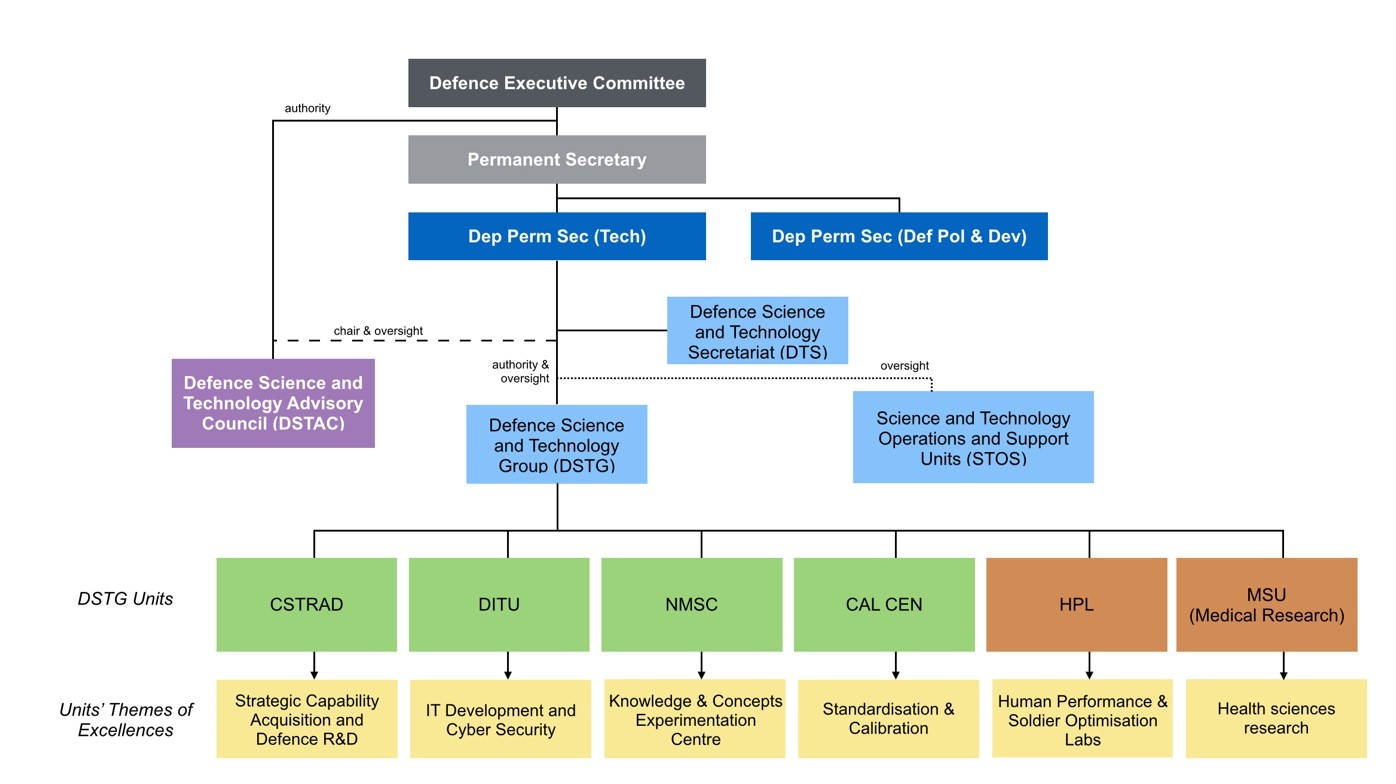 Figure 1: The
organisational structure for the governance of the Defence S&T Network and
DSTAC
Figure 1: The
organisational structure for the governance of the Defence S&T Network and
DSTAC | Development of a local Defence Support Industry Policy to support defence capability sustainment needs, as well as support the national industry diversification efforts, Furthering Defence R&D, including the development of Defence R&D Strategy and Framework, Developing the Defence S&T Engagements Framework, including engagements with academia and industries and other government agencies and formulating ASEAN Defence Industry Collaboration strategies, Talent management by implementing S&T Human Capital Development Framework, by reviewing recruitment criteria and implementing competency-based training, Improving information resource availability and literacy and implementing an integrated Knowledge Management System (iKMS), and Consolidating internal processes, including developing MINDEF Intellectual Properties Policy and implement Strategic Defence Acquisition Manual.
Sections in the paper also cover: Capability Management explains the management approach used by capability planners and how S&T are integrated into strategy and decision making considerations. Enablers for Organisational Sustainability highlights three fundamental challenges that have been the major limiting factors to the effective employment of S&T in RBAF operations - competent human capital, intuitive utilisation of S&T knowledge and practices, and the availability of policies that institutionalise processes and procedures to promote, encourage and enforce new mechanisms. The implementation of an improved organisational culture and set of processes are required to facilitate a positive transformation towards achieving organisational goals. 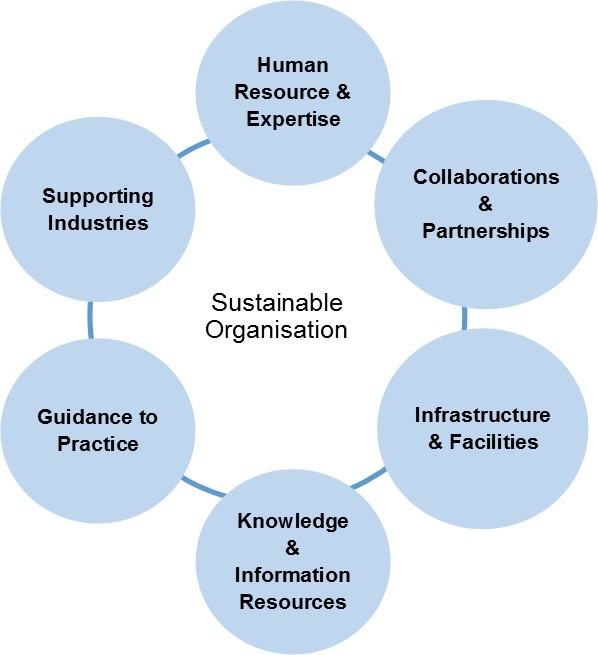
Figure 2: The supporting elements that need to exist to enable a sustainable organisation The DSTPF was endorsed since January 2016 and has begun its implementation since. Further enquiries on the DSTPF may be directed to the DTS at def.technology@mindef.gov.bn | Calibration Centre
Medical Services Unit (MSU)
Unique skills and know-how
Collaboration and cooperation with foreign nations |
|---|
|
